Feldspathic breccia Mauritania, Northwest Africa It is hard to overstate the privilege of holding a large piece of another celestial body. For most, even seeing a tiny piece of the moon is something only possible with a trip to a major museum. The present specimen is the holy grail of show-and-tell meteorites. This extraordinarily well-preserved and exquisitely formed specimen was hidden through the ages in the desolate Mauritanian Sahara until its discovery by nomadic tribespeople in 2020. It has been positively identified and submitted for classification. The current curators of this piece chose to preserve it 100% intact, exactly as it was found in the Sahara. When it was initially discovered, most of it was buried in the desert sands. The desert-polished top surface allows one to appreciate the large clasts which are juxtaposed against the dark blue-grey matrix. It is this stunning array of colors, shapes and patterns which earned this meteorite the nickname, the Night Sky Lunar. It has been said that looking into the surface of this specimen is like staring into the Milky Way on a dark night. It is as if it carries within it an image of its own starry origin. This specimen is the largest of two pieces found together, this piece weighing 2550 grams and the other 1800 grams. The smaller piece was cut into slices, revealing its beautiful blue-grey brecciated interior. One of these slices is offered in a separate lot in this auction. Because of its larger size, this piece is known as the main mass, accounting for 58.6% of the total known mass of this lunar meteorite. This Lunar meteorite would have started its journey to Earth as a result of a massive meteor strike on the moon's surface, likely creating one of the craters we see on the Moon today. That initial strike had sufficient force to eject this and other rocks from the surface of the moon at escape velocity, leaving them to float freely in space. Eventually, this mass intersected with the Earth's own orbit where its surface was flash-heated to 2,800 degrees Fahrenheit on entry, then rapidly cooled in the frigid temperatures of Earth's upper atmosphere, before slowing to approximately 200 miles per hour on its final descent. This fall would have lit the Saharan sky up before hurtling down to its site of discovery. The job of classifying this unique piece and its sister has been given to world renowned meteorite expert, Dr. Karl Agee, Director of the Institute of Meteoritics & Professor of Earth and Planetary Sciences at the University of New Mexico. It has been officially identified as Lunar and will soon receive its classification number and entry in the Meteoritical Bulletin. Its dark brecciated interior indicates that it is composed mainly of rare Lunar regolith clasts embedded in a partially melted matrix. This is due to the high-pressure created when a meteorite impacted on the Lunar surface ejecting part of the surface regolith. The composition of the stone indicates that it most likely originated in the Lunar Highlands. Less that 750kg of lunar meteorites exist on Earth, comprising only 0.1% of all meteoritic finds, making them one of the rarest rocks on earth. Weighing approximately 2550 grams (5.62 lbs) and measuring 203.2 x 127 x 88.9mm (8 x 5 x 3.5 in)
Feldspathic breccia Mauritania, Northwest Africa It is hard to overstate the privilege of holding a large piece of another celestial body. For most, even seeing a tiny piece of the moon is something only possible with a trip to a major museum. The present specimen is the holy grail of show-and-tell meteorites. This extraordinarily well-preserved and exquisitely formed specimen was hidden through the ages in the desolate Mauritanian Sahara until its discovery by nomadic tribespeople in 2020. It has been positively identified and submitted for classification. The current curators of this piece chose to preserve it 100% intact, exactly as it was found in the Sahara. When it was initially discovered, most of it was buried in the desert sands. The desert-polished top surface allows one to appreciate the large clasts which are juxtaposed against the dark blue-grey matrix. It is this stunning array of colors, shapes and patterns which earned this meteorite the nickname, the Night Sky Lunar. It has been said that looking into the surface of this specimen is like staring into the Milky Way on a dark night. It is as if it carries within it an image of its own starry origin. This specimen is the largest of two pieces found together, this piece weighing 2550 grams and the other 1800 grams. The smaller piece was cut into slices, revealing its beautiful blue-grey brecciated interior. One of these slices is offered in a separate lot in this auction. Because of its larger size, this piece is known as the main mass, accounting for 58.6% of the total known mass of this lunar meteorite. This Lunar meteorite would have started its journey to Earth as a result of a massive meteor strike on the moon's surface, likely creating one of the craters we see on the Moon today. That initial strike had sufficient force to eject this and other rocks from the surface of the moon at escape velocity, leaving them to float freely in space. Eventually, this mass intersected with the Earth's own orbit where its surface was flash-heated to 2,800 degrees Fahrenheit on entry, then rapidly cooled in the frigid temperatures of Earth's upper atmosphere, before slowing to approximately 200 miles per hour on its final descent. This fall would have lit the Saharan sky up before hurtling down to its site of discovery. The job of classifying this unique piece and its sister has been given to world renowned meteorite expert, Dr. Karl Agee, Director of the Institute of Meteoritics & Professor of Earth and Planetary Sciences at the University of New Mexico. It has been officially identified as Lunar and will soon receive its classification number and entry in the Meteoritical Bulletin. Its dark brecciated interior indicates that it is composed mainly of rare Lunar regolith clasts embedded in a partially melted matrix. This is due to the high-pressure created when a meteorite impacted on the Lunar surface ejecting part of the surface regolith. The composition of the stone indicates that it most likely originated in the Lunar Highlands. Less that 750kg of lunar meteorites exist on Earth, comprising only 0.1% of all meteoritic finds, making them one of the rarest rocks on earth. Weighing approximately 2550 grams (5.62 lbs) and measuring 203.2 x 127 x 88.9mm (8 x 5 x 3.5 in)
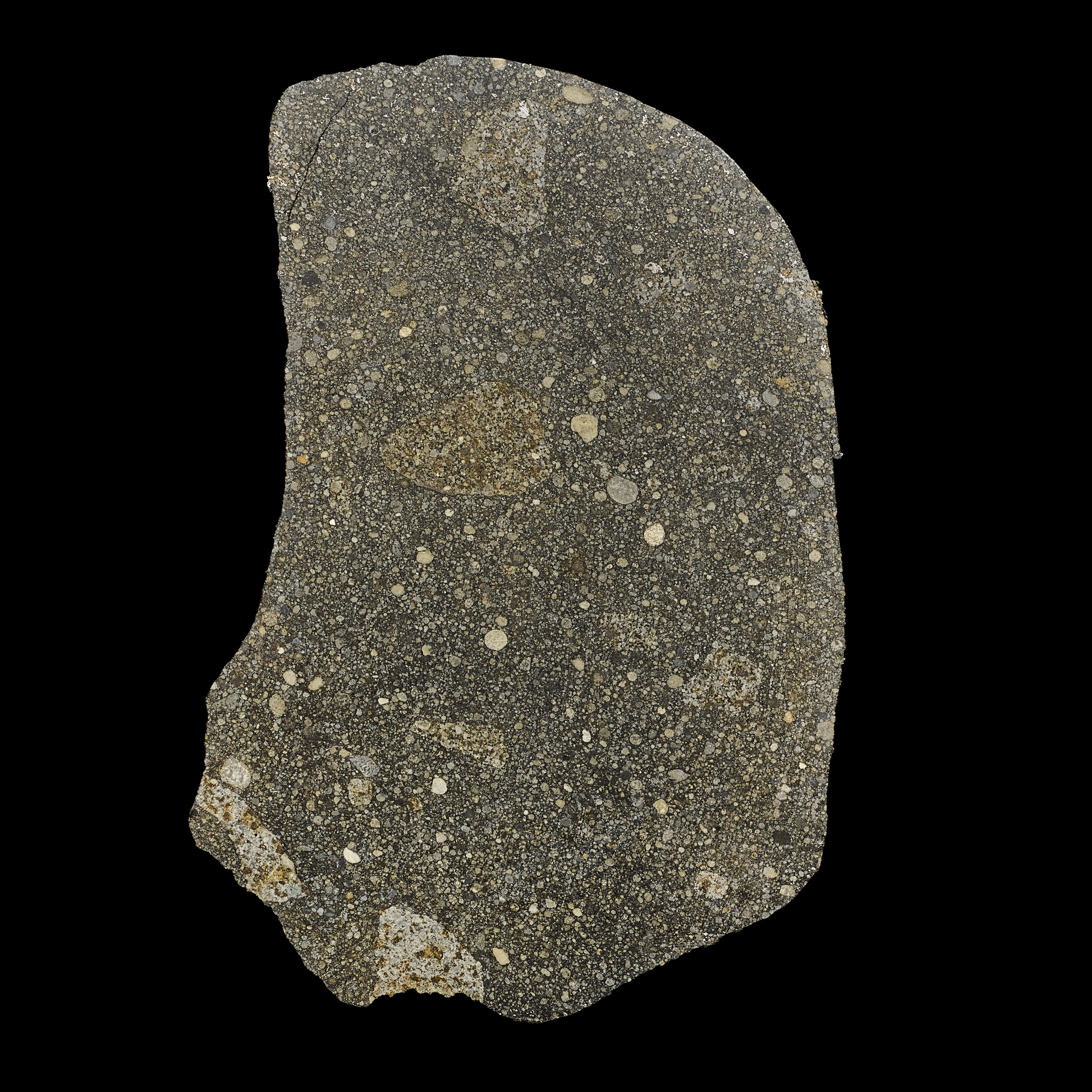
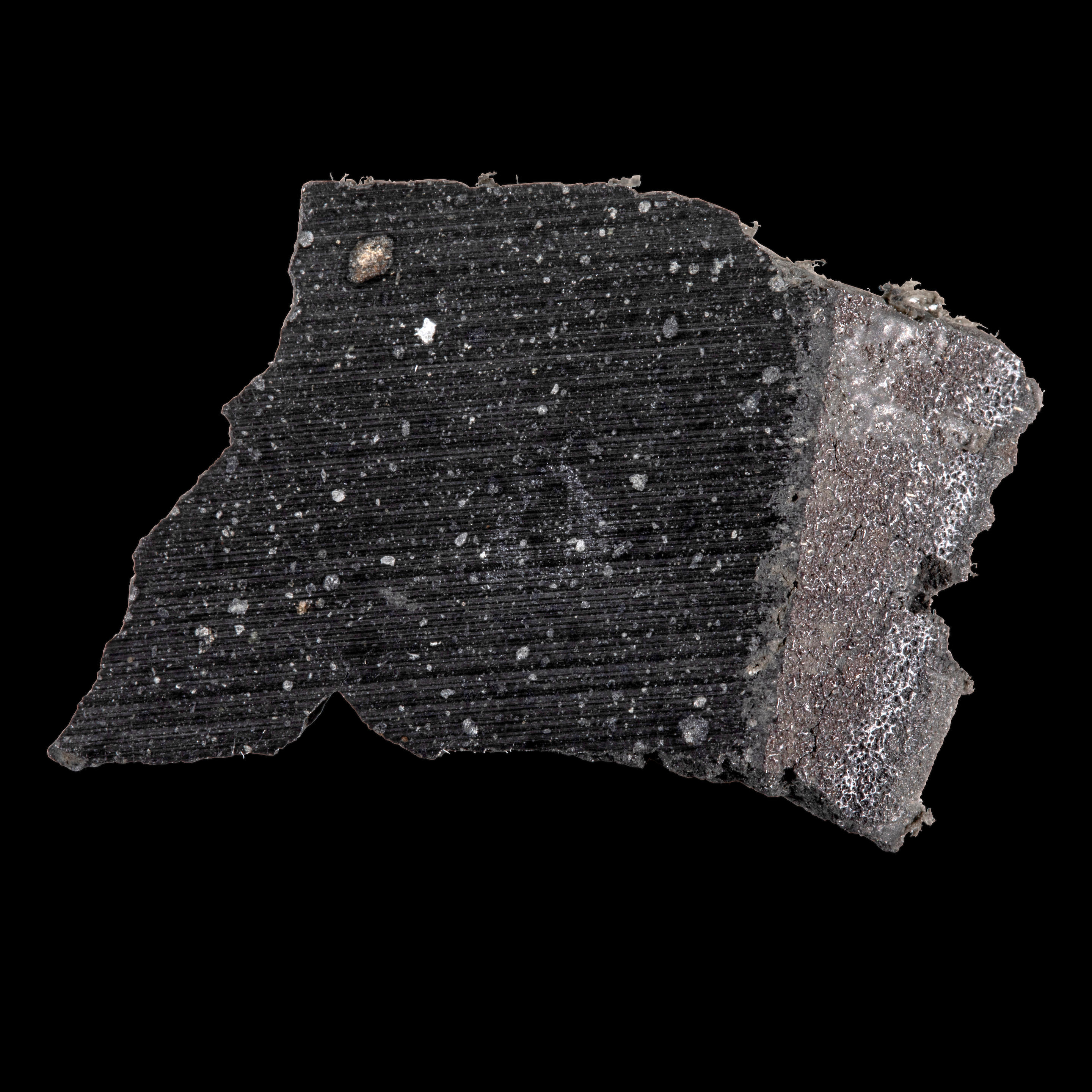
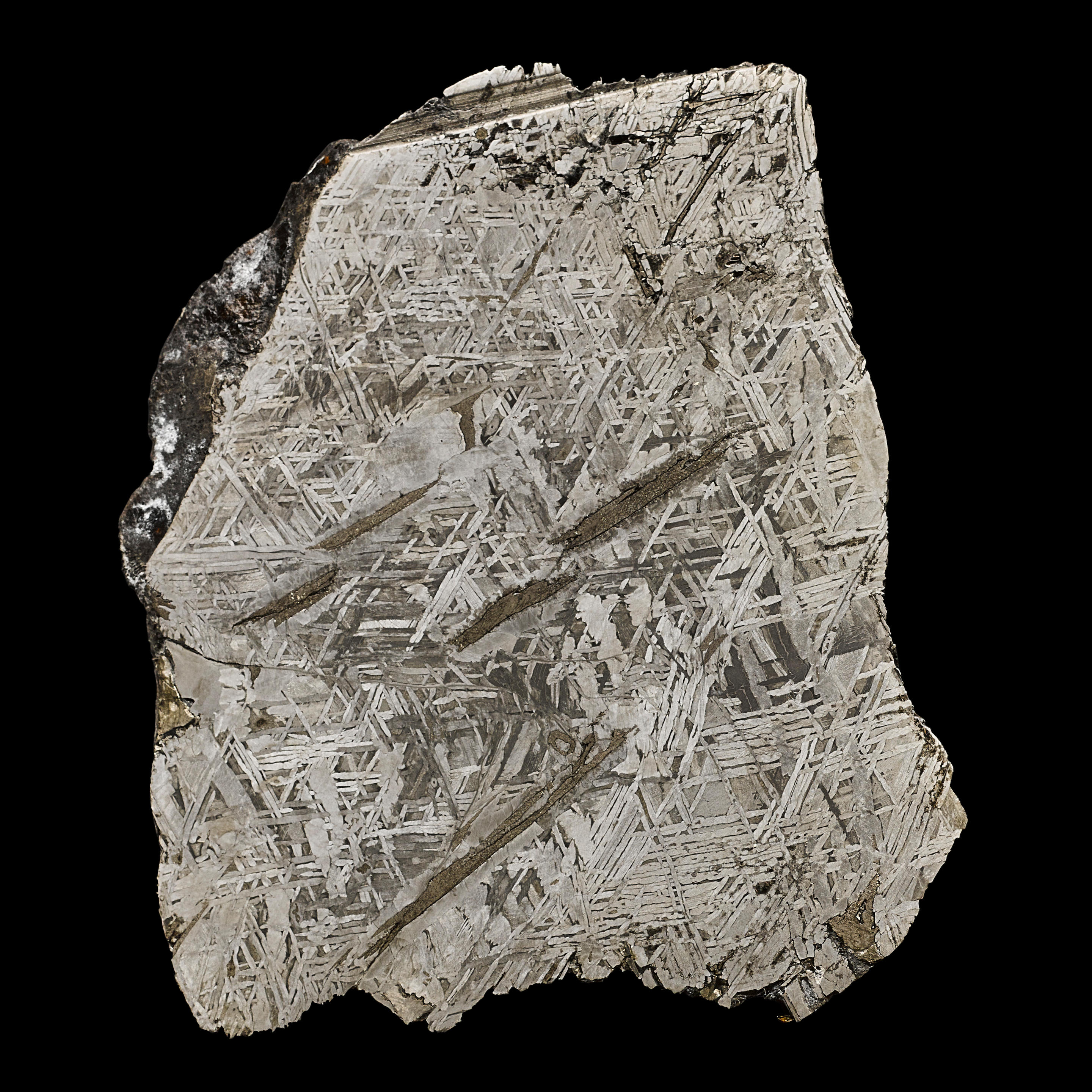
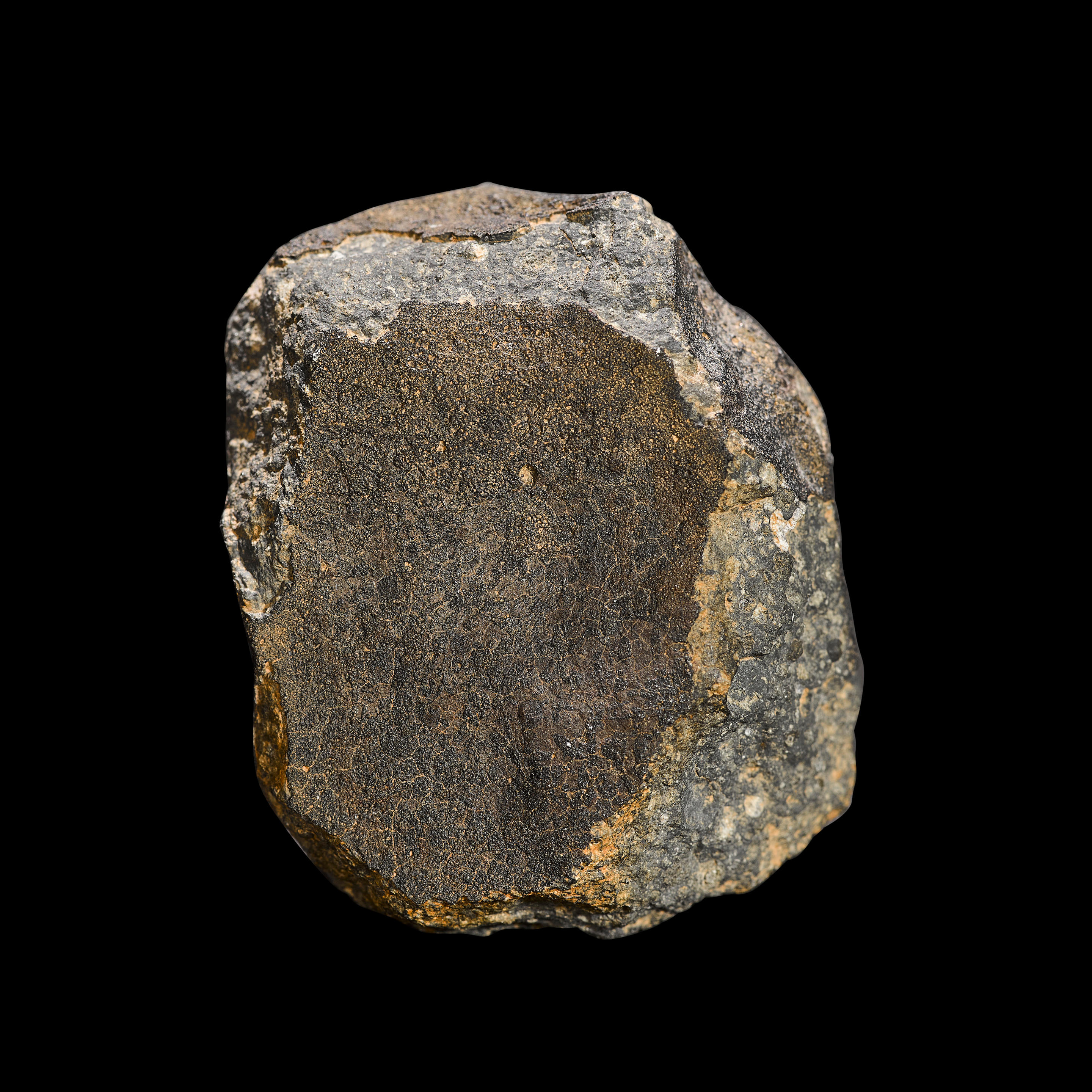


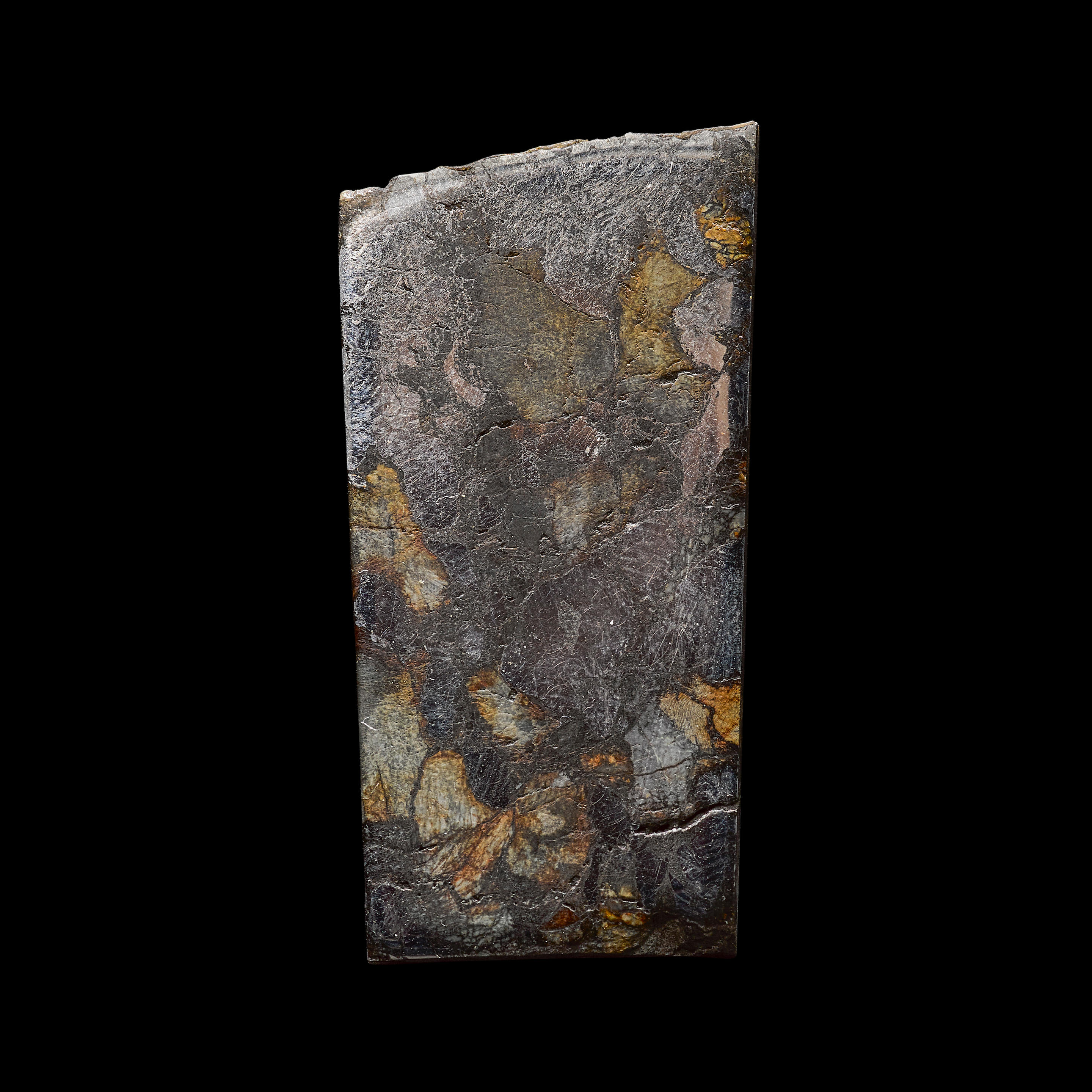
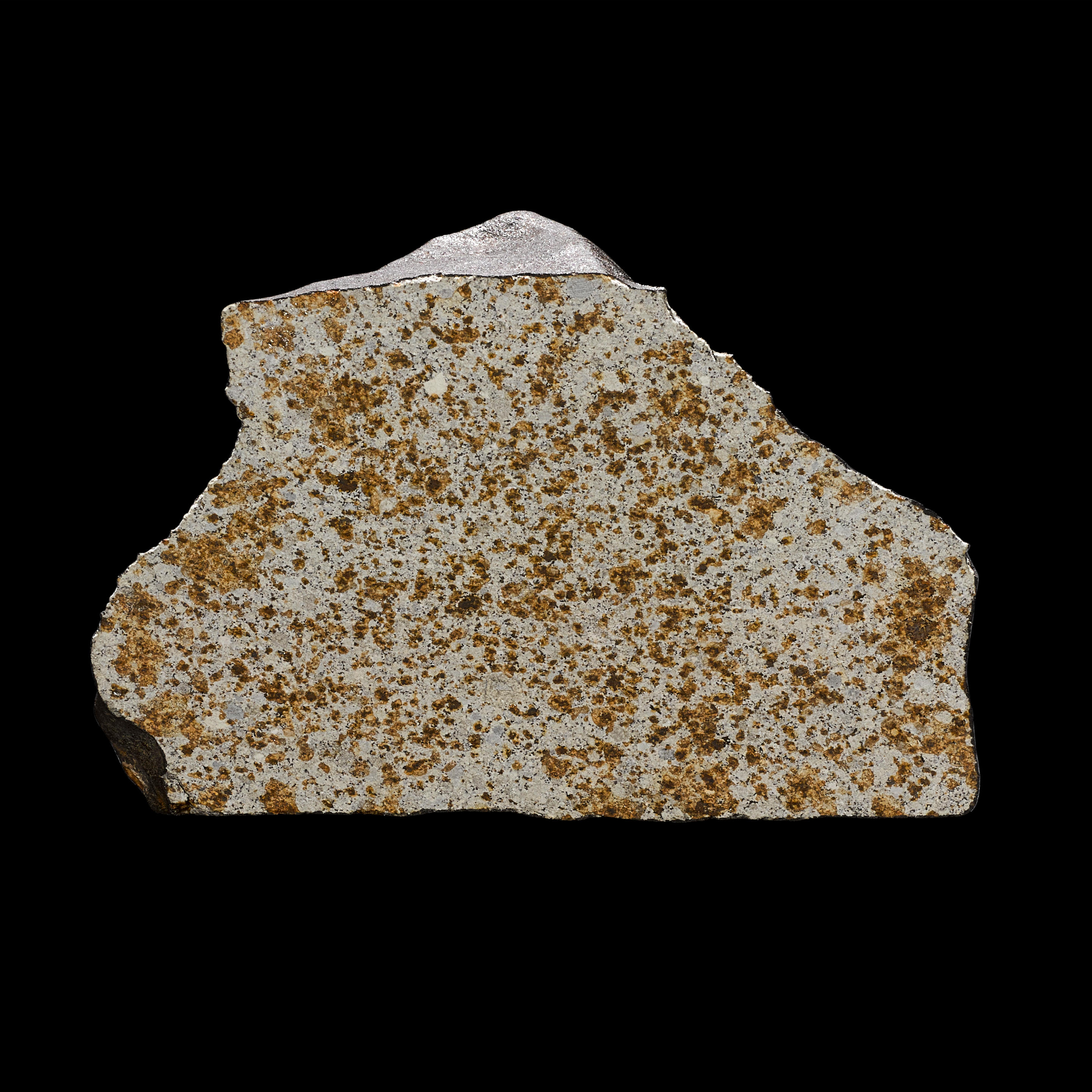
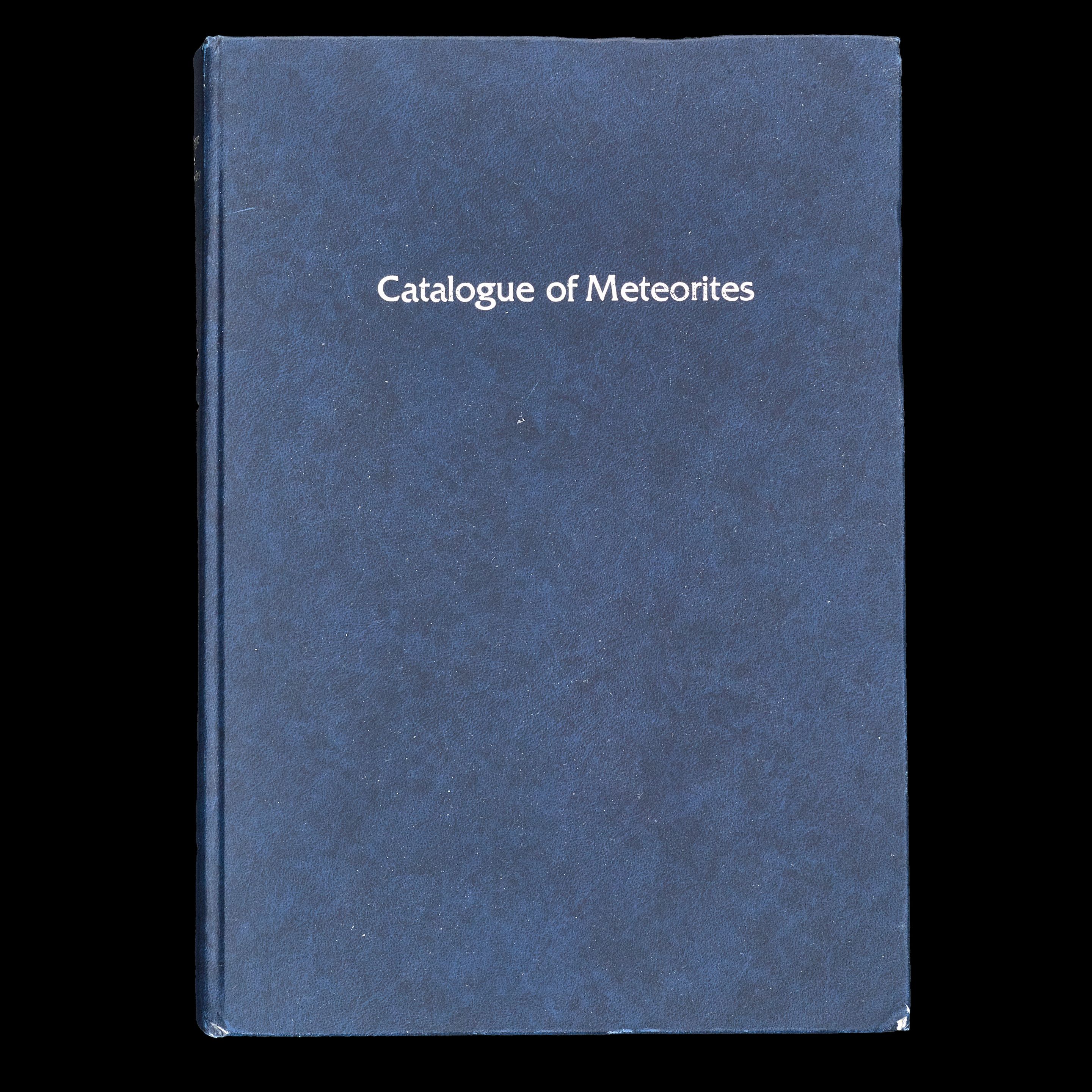
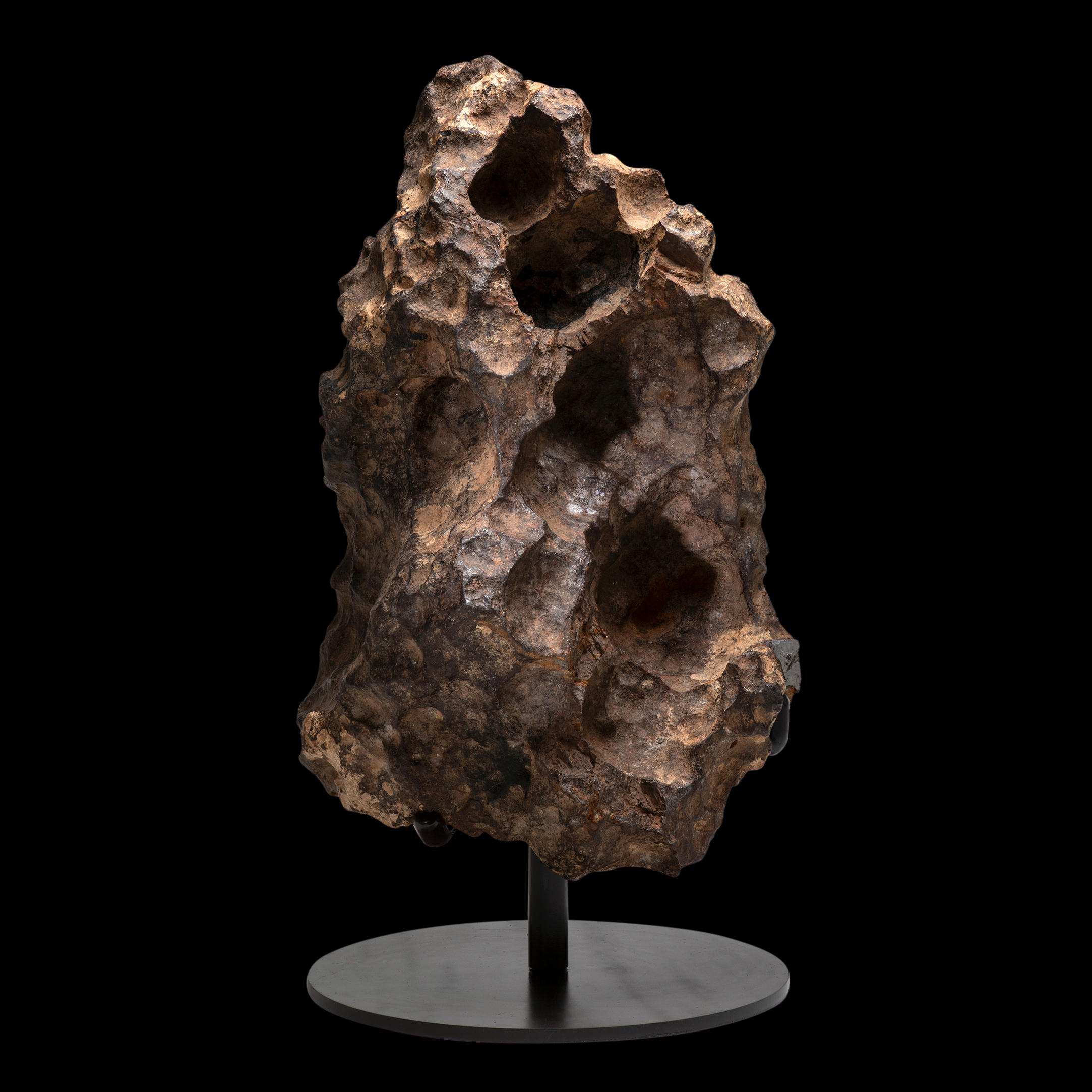
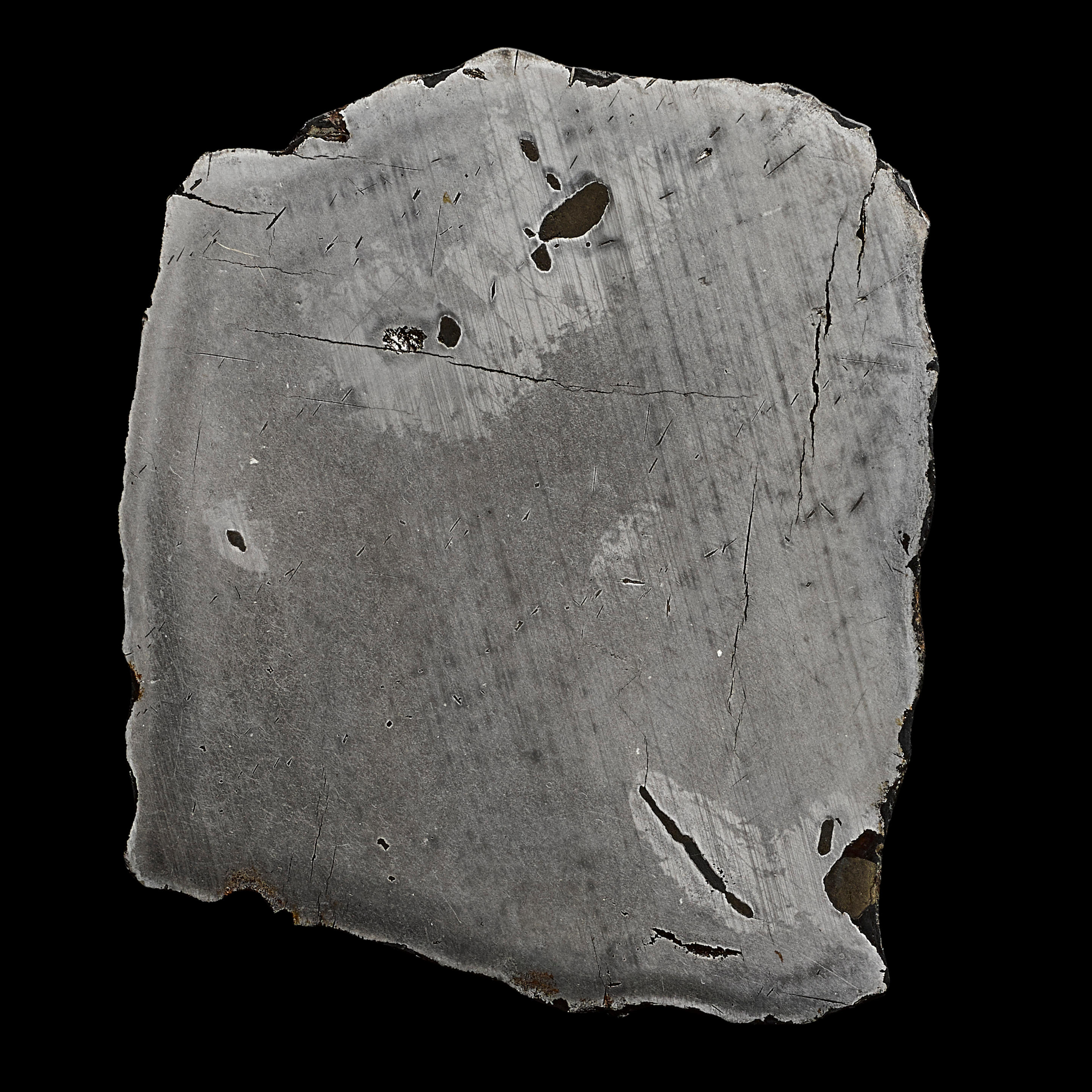
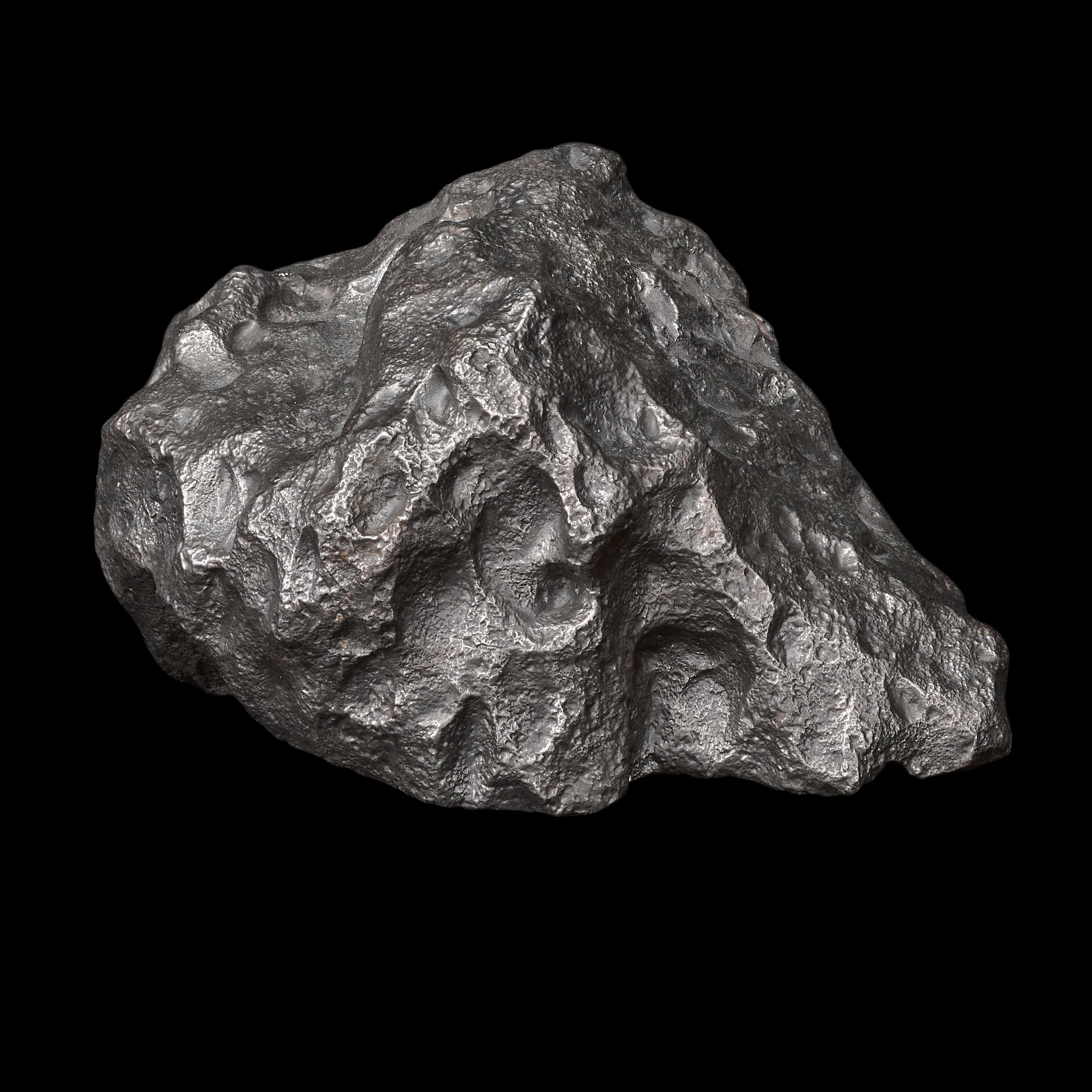

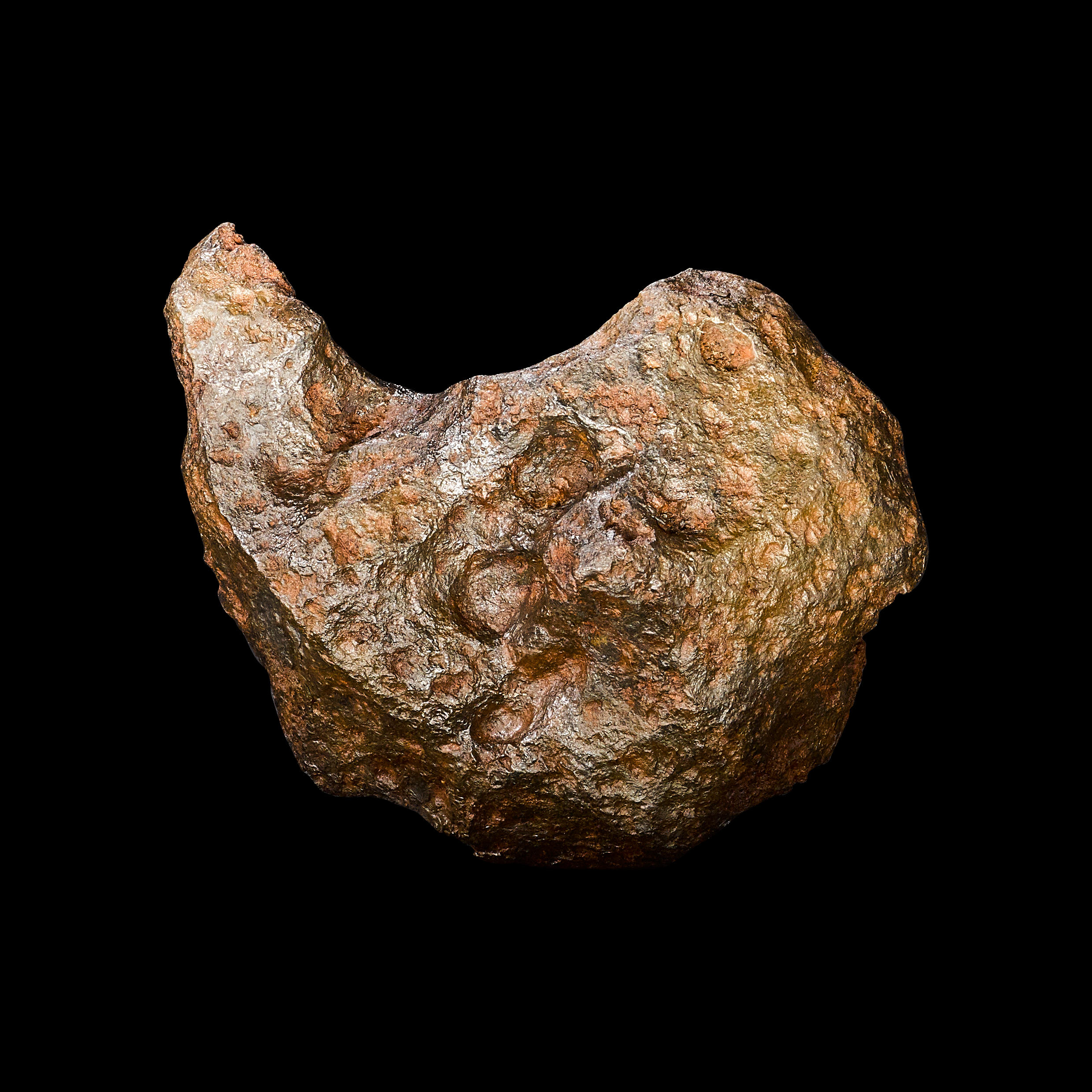
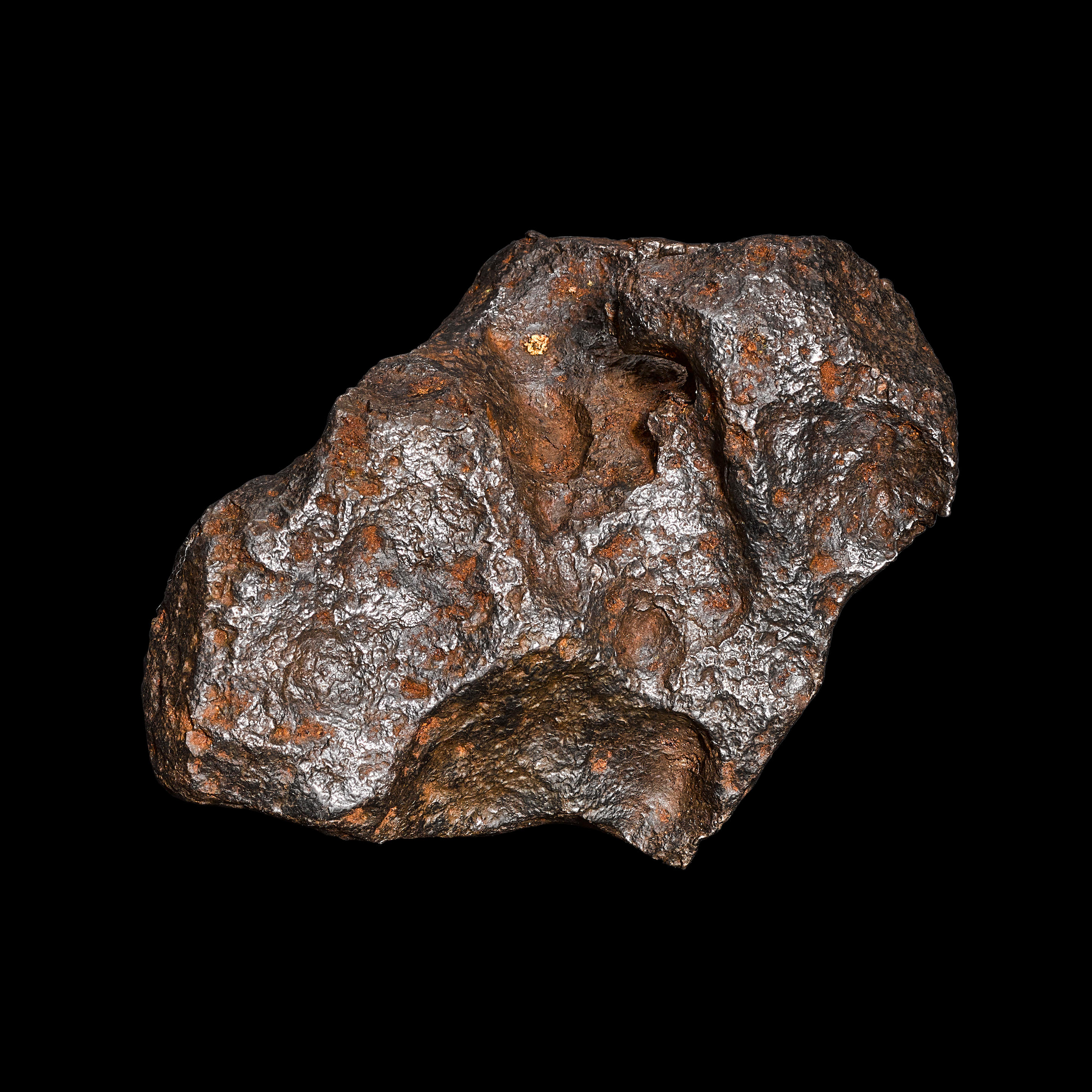
Try LotSearch and its premium features for 7 days - without any costs!
Be notified automatically about new items in upcoming auctions.
Create an alert